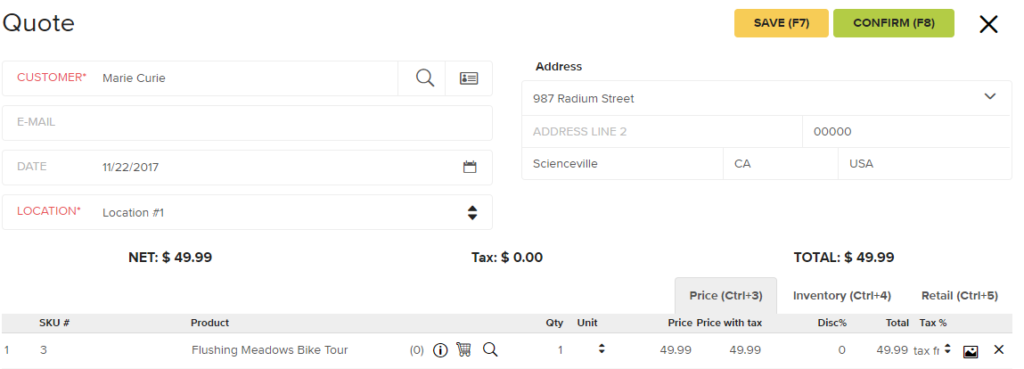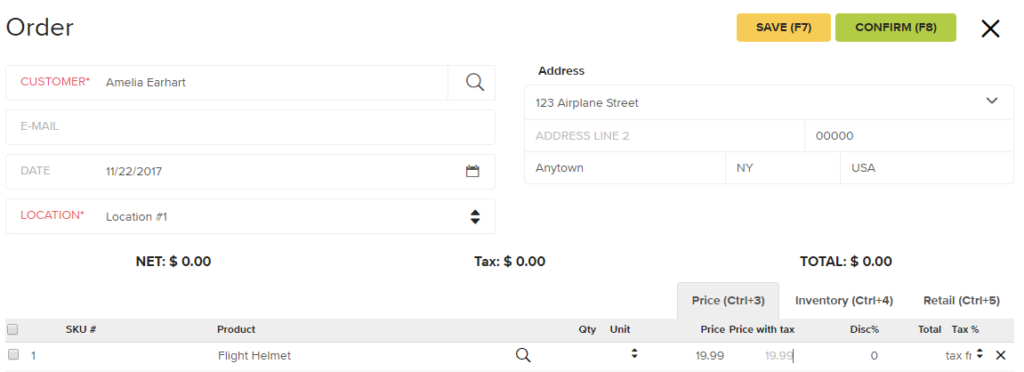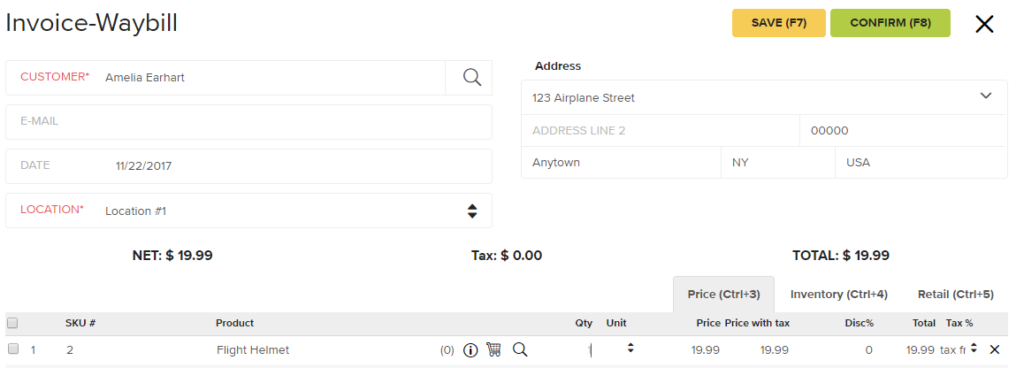What is a Sales Quote?
For sales transactions that involve services, or high end items that don’t include a visible price tag, the first step may be a sales quote. The customer will visit your store, your website, or speak to you directly about a service or product, and in exchange, they get a quote on the price. Depending on the type of business you run, that quote could be firm, or it could be flexible. In either case, the quote may or may not be accepted by the customer. If it is accepted, that means that they understand the price you have quoted, and are agreeing to pay it in exchange for the service or product described. If it is not accepted, a couple things can happen. They can choose to look elsewhere for their needs; or they can attempt to negotiate a new price quote with you.Price quotes can often change as you learn more information. For example, if you quote a customer a price on materials for a construction project, and then learn that they need far more materials than they estimated, the price quote will likely increase.
What is a Sales Order?
A sales order says that an exchange of product and payment -- for an established price -- has been requested, and acts as a sign of intent to exchange those items. In other words, the customer has indicated that they want to buy something from you, but either the store is unable to provide it, or they don’t want to take possession at that time. For example, if you’re a bakery and someone wants a cake for a party next week, you’d create a sales order. If the customer asks for a special item that you don’t normally have in stock, or for a whole lot more of an item than you normally carry, you’d create a sales order.
In cases where you need to make a special order, Erply has a useful function that takes an order from a customer and generates a purchase order from a supplier.
If you started with the creation of a quote, and the customer has agreed to the terms offered, you could change that quote into a sales order. When the customer is ready to accept the services or goods, you can then change the sales order into an invoice or invoice-waybill (see below).
What is an Invoice?
An invoice is a request for payment. It’s essentially a contract between the seller and buyer that payment for goods will be due at a certain point, such as within 30 days, or receipt of the goods. This is the document that lists out everything each party gets from the transaction. You get these items or a service, and at what cost for each. The seller gets the specified amount of money. An invoice might be marked as payment due upon receipt, or there might be terms, like NET 30, where payment is expected within 30 days.
If you are providing a service, such as a haircut or a massage, then you will need to generate a sales invoice. If there are goods involved, then you’ll need to generate an invoice-waybill.
What’s an Invoice-Waybill?
In common usage, a waybill is a document that accompanies a shipment. In Erply terms, a waybill tracks the movement of products from your inventory. That may involve shipping the item, or it may be as simple as handing the item or items to the customer. Therefore, for any physical item in your inventory that you sell, you’ll need to generate an invoice-waybill. Most transactions in a retail business will probably begin with the creation of an invoice or an invoice-waybill.

What’s a Receipt?
Technically, a receipt is used to track the exchange of money. It’s proof that the retail store collected money from you. In common usage, the receipt you get when you buy an item (some cold medicine at your local pharmacy, say) is what Erply would call an Invoice-Waybill plus a receipt. These specific items left the store’s inventory, you agreed to pay X amount of money, and in fact you did pay for it.In the back office, receipts are reported as a list of payments received.